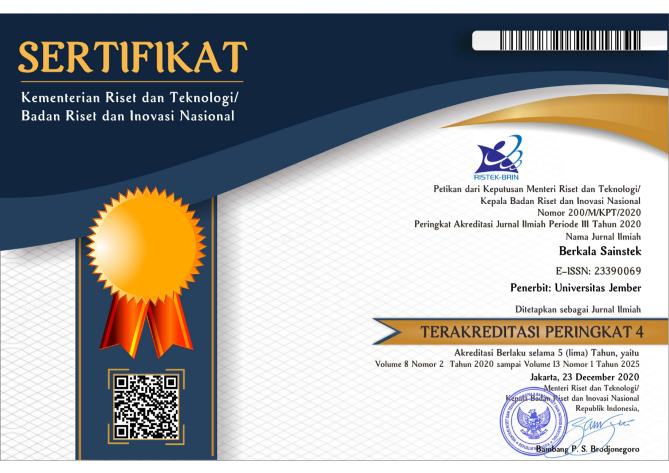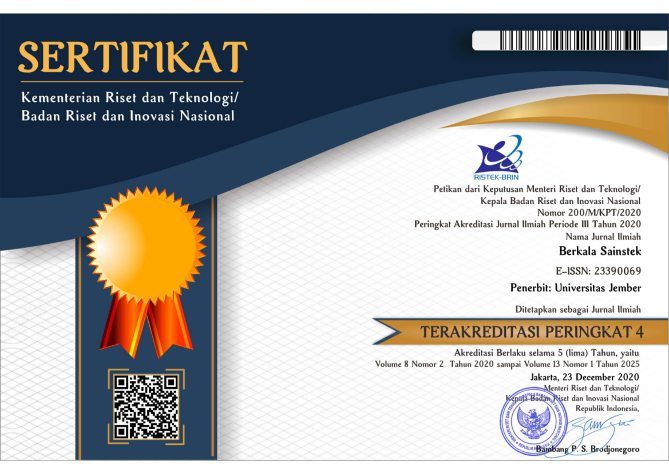Comparative Analysis of Earthquake Resistant Building Structure Design Planning Using Artificial Intellegence and SAP2000 Methods
DOI:
https://doi.org/10.19184/bst.v12i4.53521Keywords:
Earthquake-resistant building, artificial intelligence, structural designAbstract
Earthquakes are natural phenomena that often occur in Indonesia, even Indonesia is one of the countries with the highest earthquake frequency in the world, there have been several major earthquakes that have caused infrastructure damage and claimed many victims. This study aims to determine the design of earthquake-resistant building structures, the results of the application of Artificial Intelligence (AI) in design of earthquake-resistant building structures, and its advantages and disadvantages. The core principle of earthquake-resistant buildings is high ductility, allowing them to absorb earthquake energy and avoid collapse despite deformation. This research employs a comparative method, evaluating AI against conventional methods like SAP2000 in terms of accuracy, efficiency, and practicality in designing earthquake-resistant structures. The analysis reveals minimal differences, with a 0.016% variance in calculations between AI and SAP2000, which has a negligible impact on factors like mass participation ratio, base shear force, and inter-floor deviation. However, AI significantly affects the Natural Period of the Building. AI also offers faster calculations and easier input specifications compared to SAP2000. Despite its advantages, AI has limitations in 3D modeling due to the absence of a user interface, making the modeling process more challenging.
Downloads
Downloads
Published
Issue
Section
License
Copyright (c) 2024 Tiara Nofiana

This work is licensed under a Creative Commons Attribution-NonCommercial 4.0 International License.







